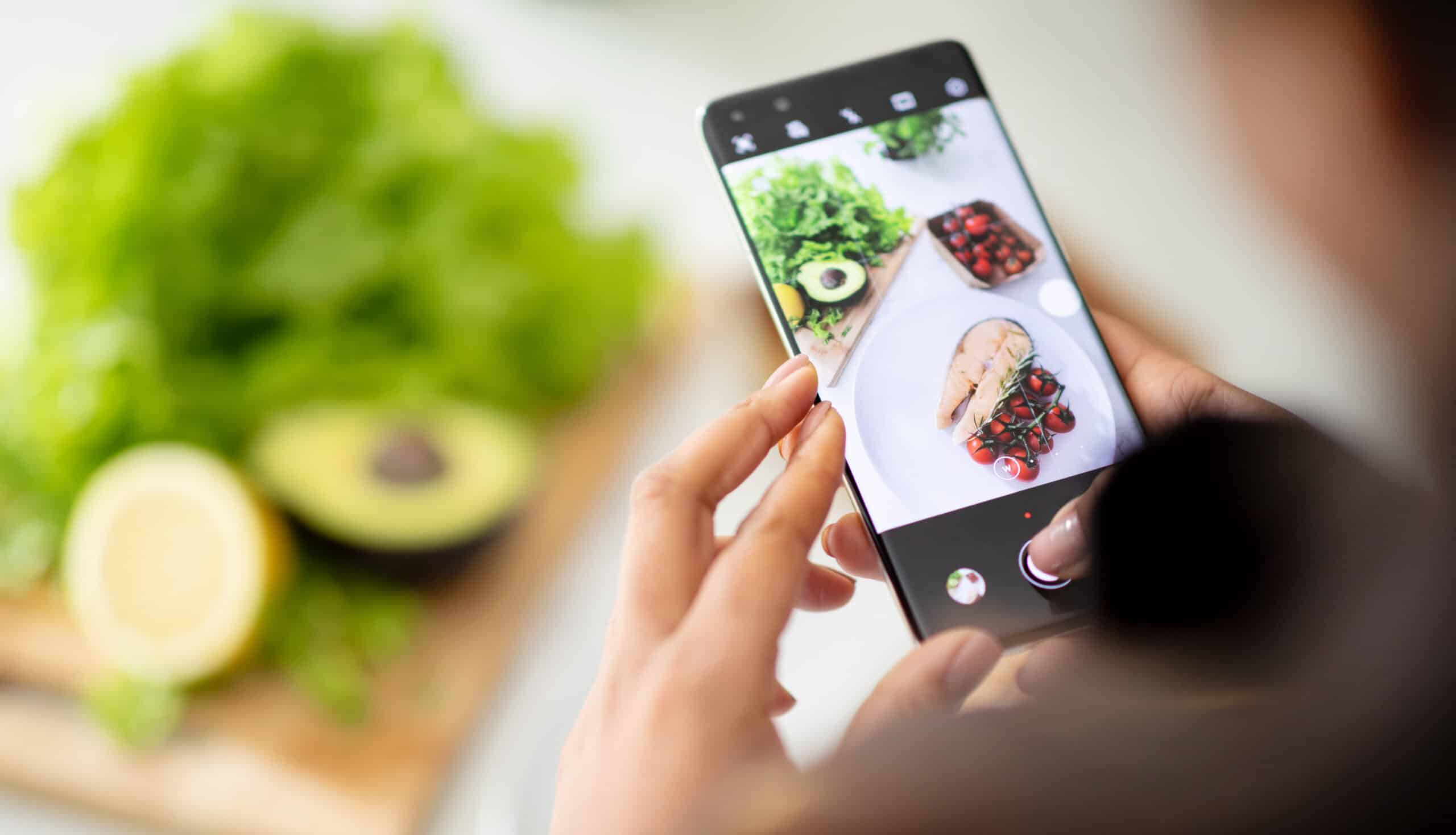On April 22, 2024, the issue of legally protecting a vibe and aesthetic was presented to the courts. Influencer Sydney Gifford filed a complaint in the U.S. District Court for the Western District of Texas, accusing another influencer, Alyssa Sheil, of copying her aesthetic on Instagram. The complaint alleges that Sheil was duplicating her “neutral, beige, and cream aesthetics,” mimicked her poses and outfits, and copied her manner of speaking.
The complaint specifically included counts for copyright infringement, vicarious copyright infringement, trade dress infringement, misappropriation, tortious interference, and unfair trade practices. The counts were supported with TikTok posts, Instagram posts, and Amazon posts. Gifford claims that she is owed $150,000 in damages for “lost profits, lost earnings, and mental anguish.” Gifford discovered Sheil’s page months prior to filing the complaint, and sent Sheil a series of cease and desist letters. Additionally, Gifford began filing for copyright protection over her social media posts.
As far as creative outputs relevant for content creators, that do not fall within the traditional scope of “original works of authorship” (such as novels and songs) intellectual property protection is a gray area and the courts are still developing the legal framework for addressing assets such as “vibes” and “aesthetic”. Trademark protection is only limited to stopping the unauthorized use of “indicators of origin” such as a logo or phrase owned by a company or individual and used as a source identifier for products or services.
Therefore, some of these more novel claims are brought under trade dress or copyright law. Trade dress refers to the visual appearance of a product or service that identifies its source. In the current Gifford v. Sheil case, Gifford claims her trade dress consists of “monochrome cream, grey, and neutral-beige colors coupled with modern, minimal, sophisticated styling of Amazon products” and that it has gained her a following across social media platforms. Gifford’s complaint asserts her copyrights in her photos, captions and in-video text across Instagram, TikTok, and Amazon.
Copyright law is meant to protect tangible works of authorship, not ideas. Therefore, copyright protections cannot be extended to cover a vibe or aesthetic, likely. Gifford’s copyright arguments could appear to be strongest when based on specific examples of infringement of individual photos and videos. The Defendant, Sheil, has responded to the complaint that there are hundreds of other influencers with the same aesthetic, especially after the “clean girl” aesthetic took off in 2023. Currently there are over 620,000 TikTok posts tagged #cleangirl and over 200,000 posts tagged #minimalism.
Recently the courts have set a precedent for offering intellectual property protection to an overall vibe or look in OMG Girlz v. MGA Entertainment. On September 24, 2024, the court awarded OMG Girlz over $71 million for MGA Entertainment’s infringement on their likeness. This case may open the door to more claims for infringement of likeness, aesthetic, or vibe, which some worry could expand copyright to ideas that are not meant to be protected.
If you have any doubts feel free to reach out to us. Our group of expert professional attorney will love to help you improve your business








